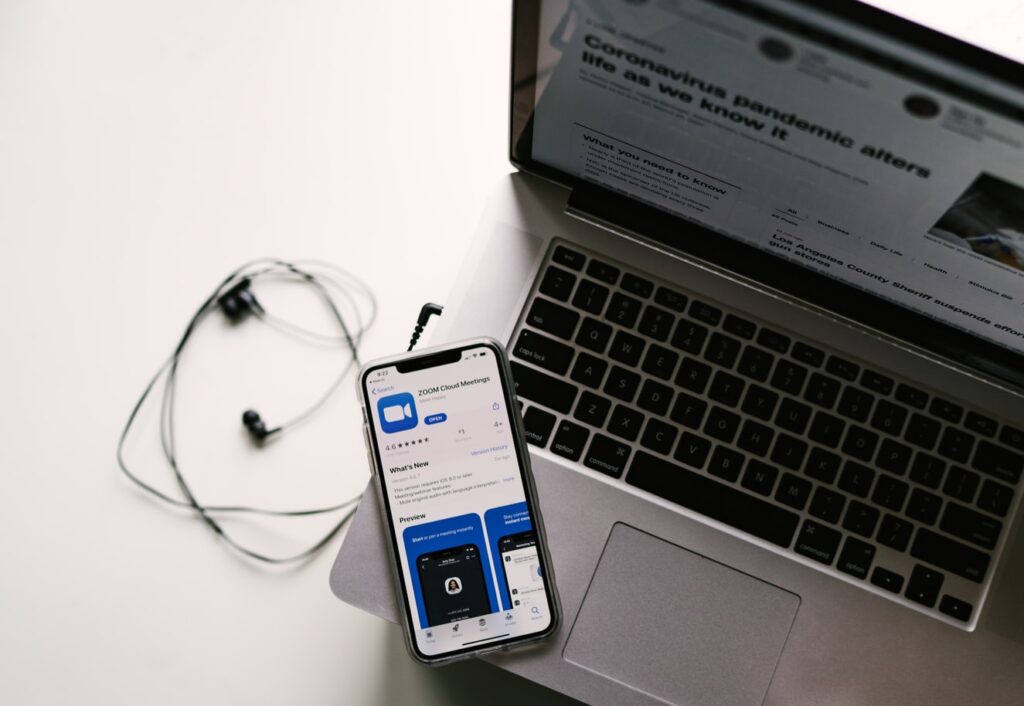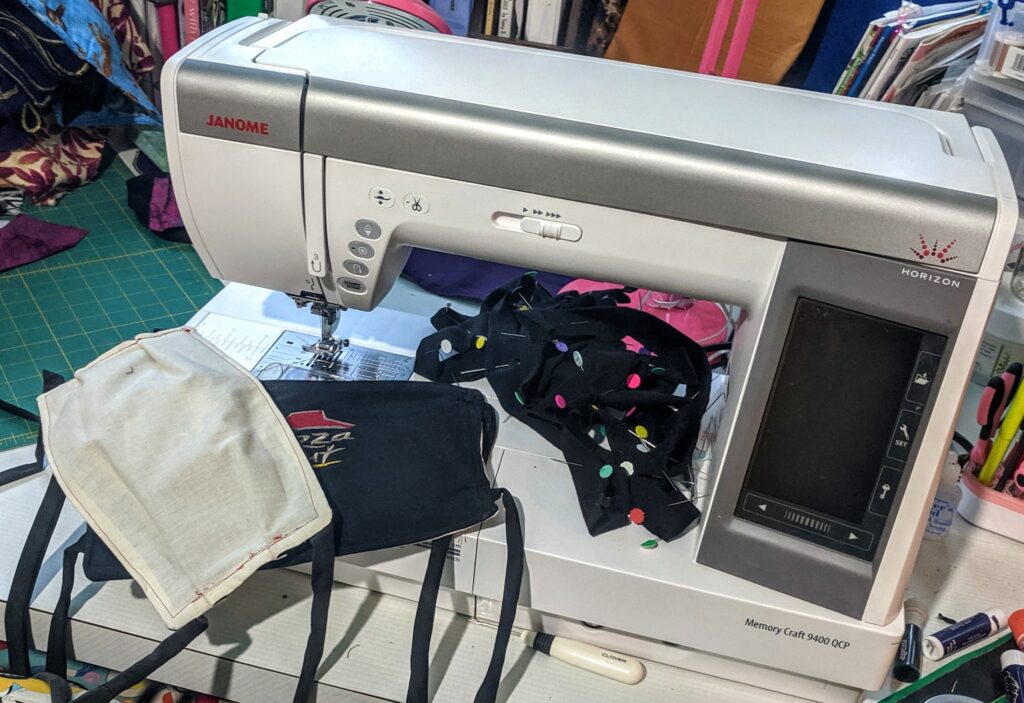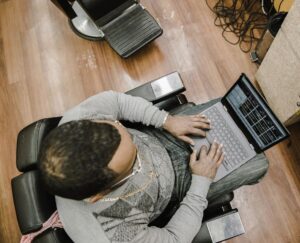Change: The Only Constant

Like many others, the company Zoom was completely unknown to me before the recent events. With the integration of this software into our academic toolbox, we have all needed to adapt and adjust to a new normal for learning, however temporary it may be. This is not the first time that new technology has reshaped the working and learning place, though clearly the cause is unique. The global pandemic and quarantine have brought everyone together at one time to now redefine what it means to work, learn, and—to some degree—how to live.
With the closure of the DSU campus, I have gotten more time to chat with my recently retired father. In those talks, I have been able to be reassured that this too shall pass, and inevitably we will make some advancements in technology because of and in light of it. Already multitudes of people have taken it upon themselves to design and produce anything and everything they can to help with supply shortages, both in technology and the medical field. In fact, a few faculty from DSU, including our very own Dr. Blessinger, recently assisted the local Madison hospital by 3D printing face masks. Meanwhile, my mother, who hasn’t stepped away from her sewing machine since she retired ten years ago, designed and crafted fabric masks for a family member that works as a delivery driver. From machines that have been around for hundreds of years to those that have just emerged the makers of the world have rallied together to make up the pitfalls in manufacturing.

Like the Y2K insurance and survival bunkers, I’m sure much of what we are seeing will be phased out as the pandemic finally subsides, but it’s nice to know that this time technology was, mostly, used for social benefit. In the “age of the smartphone,” it’s hard to imagine how we would have ever managed this size of an event before such connective technology. Sure, much of what we use them for is questionable at best, but thanks to them, and the technology in which they rely upon, we have been able to truly connect globally and see and hear each other in real-time. We have seen beautiful songs sung from Italian balconies, crystal clear rivers in cities for the first time in decades, and so many other things that have been shared that show the connection that we have even in the face of this new strange thing we call social distancing.
It can be overwhelming and scary adapting to new things, especially when they are unexpected. The uncertainty of what would happen when clocks ‘rolled over’ on December 31st, 1999 shows an unusual example. I, for one, wasn’t completely on board with switching to an online format halfway through the semester. Yet, like all the programmers that worked tirelessly in the months leading up to the new millennium, I had to face the realities of the situation I found myself. Sadly, the recent health scare has had a global spread, but thankfully the global spread of internet along with new and repurposed technology has allowed individuals to come together, while still maintaining distance, and tackle this issue collectively.




